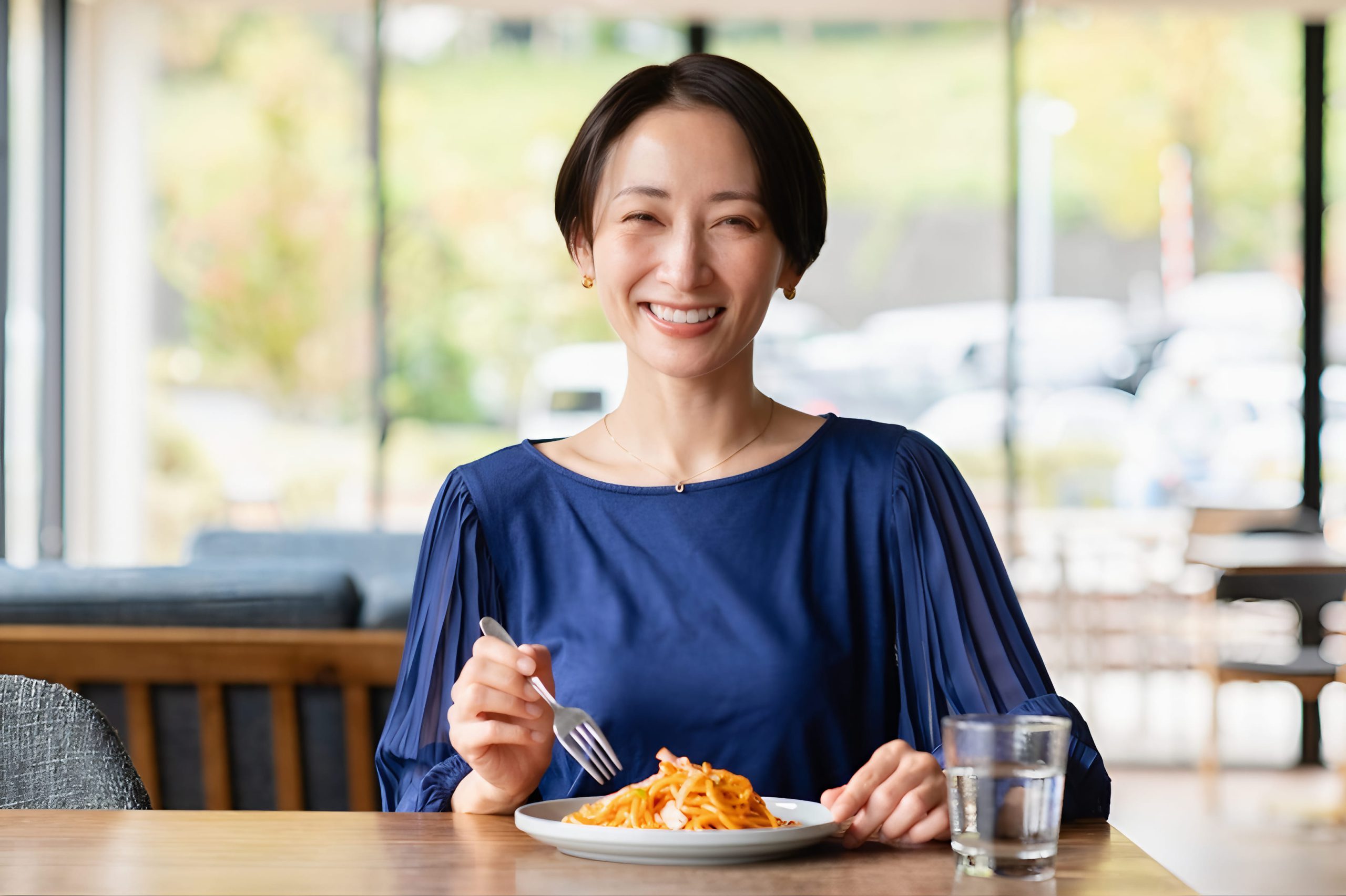Introduction
Dining in Japan is not just about eating delicious food — it’s about participating in a rich cultural experience. Japanese dining etiquette is deeply rooted in respect, gratitude, and mindfulness. Understanding the basics of table manners can make your meals more enjoyable and leave a positive impression on locals.
In this guide, you’ll learn over 2,000 words worth of essential Japanese dining etiquette, including how to use chopsticks properly, when and why slurping is encouraged, and how to say “thank you” at the right times.
Whether you’re sitting at a ramen shop counter or attending a formal kaiseki dinner, these tips will help you dine like a true local!
Before the Meal: Preparing Yourself
1. Wash Your Hands
In many restaurants, especially izakayas (Japanese pubs) and traditional places, you’ll be given a wet towel (oshibori, おしぼり).
What to do:
- Use the oshibori to clean your hands.
- Do not use it to wipe your face unless you’re in a very casual setting.
2. Wait to Be Seated
In Japan, it’s customary to wait for a host or server to seat you. If there’s no one at the entrance, you can gently say “Sumimasen” (すみません) to get attention.
3. Wait Before Eating
Even after food is served, it’s polite to wait until everyone has their meal before starting.
Key phrase:
- “Itadakimasu” (いただきます) — said before eating, meaning “I humbly receive.”
Tip: Bring your hands together, bow slightly, and say “Itadakimasu” before you begin.
Chopstick Etiquette
Chopsticks (hashi, 笔) are central to Japanese dining culture, and using them properly is very important.
1. How to Hold Chopsticks
Hold them near their end (not the middle or front), and use your fingers, not your whole hand.
2. What Not to Do with Chopsticks
Here are some strict no-no’s:
- Tate-bashi (立筆): Sticking chopsticks vertically into rice. (This resembles funeral rituals.)
- Watashi-bashi (渡し筆): Resting chopsticks across your bowl.
- Sashi-bashi (刺し筆): Spearing food with chopsticks.
- Namida-bashi (涙筆): Letting drops of soup drip from chopsticks.
- Mayoi-bashi (迷い筆): Hovering your chopsticks indecisively over dishes.
- Yose-bashi (導筆): Dragging dishes toward you using chopsticks.
3. Proper Chopstick Resting
- Use the chopstick rest (hashioki, 筆端立て).
- If there’s no rest, neatly lay them horizontally across your bowl when you’re done.
Slurping: Yes, It’s Allowed (Sometimes Encouraged!)
Unlike in many cultures, slurping noodles in Japan is not considered rude — it’s seen as polite and shows appreciation for the meal!
When it’s okay to slurp:
- Eating ramen, soba, or udon noodles.
- Drinking miso soup.
When it’s not okay:
- Eating rice or other non-noodle dishes.
Tip: Slurping also cools down hot noodles, making it practical as well as polite.
Eating Techniques and Tips
1. Rice
- Hold the rice bowl close to your mouth.
- Gently scoop rice — do not shovel.
- Never pour soy sauce directly onto rice.
2. Soup
- Lift the bowl to your mouth and sip.
- Use chopsticks to eat the solid ingredients.
3. Sushi
- Nigiri sushi (fish on rice) can be eaten with hands or chopsticks.
- Dip the fish side into soy sauce, not the rice side.
- Eat sushi in one bite if possible.
When taking food from a shared plate:
- Use the opposite end of your chopsticks (the clean end).
- Or ask for serving chopsticks (toribashi, 取り筆).
Drinking Etiquette
1. Pouring Drinks
- Pour drinks for others, not for yourself.
- Hold the bottle with both hands when pouring.
- When someone pours for you, hold your glass with one hand (or two for extra politeness).
2. Toasting
The usual toast is “Kanpai!” (万歳) meaning “Cheers!”
Wait for everyone to raise their glass before drinking.
Tip: Beer is the most common drink for group toasts.
Saying “Thank You” Properly
1. Before the Meal
- “Itadakimasu” — Said before eating.
2. During the Meal
Compliment the chef or server by saying:
- “Oishii desu!” (美味しいです) — “It’s delicious!”
3. After the Meal
Say “Gochisousama deshita” (ごちそうさまでした), meaning “Thank you for the meal.”
Tip: Even when leaving the restaurant, it’s polite to say “Gochisousama deshita” to the staff.
Paying the Bill
- In Japan, you often go to the register to pay instead of paying at the table.
- Look for the “Okaikei” (お会計) sign.
- Tipping is not expected and may even be confusing.
Key phrases:
- “Okaikei onegai shimasu.” (お会計お願いします) — “Check, please.”
- “Kurejitto kaado tsukaemasu ka?” (クレジットカード使えますか?) — “Can I use a credit card?”
Special Dining Situations
1. Tatami Rooms
- Remove your shoes before stepping onto tatami mats.
- Sit in seiza (kneeling position) or cross-legged if seiza is too difficult.
2. Kaiseki Dining (Formal Multi-course Meals)
- Follow the lead of the host.
- Courses are served in a specific order — don’t rush.
- Listen to the server’s explanation of each dish.
3. Conveyor Belt Sushi (Kaiten-zushi)
- Take plates from the belt as they pass by.
- Stack your plates for the staff to count later.
- Special orders can usually be made via a touch screen.
Common Mistakes to Avoid
- Sticking chopsticks upright in rice (strongly taboo).
- Pointing chopsticks at people.
- Talking with food in your mouth.
- Blowing your nose at the table (considered rude — excuse yourself).
- Overfilling your soy sauce dish.
Quick Table: Japanese Dining Etiquette Summary
| Topic | What to Do | What Not to Do |
|---|---|---|
| Before Eating | Say “Itadakimasu” | Start eating immediately |
| Chopsticks | Rest them properly | Stick them upright in rice |
| Eating | Slurp noodles | Slurp rice or chew loudly |
| Sharing | Use the back end of chopsticks | Use the eating end |
| Paying | Go to register | Leave a tip |
FAQ
Is it okay to eat sushi with your hands?
Yes, especially nigiri sushi. It’s quite traditional.
What if I can’t sit in seiza style?
Crossing your legs or sitting with legs to the side is acceptable in informal settings.
Absolutely! Say “Eigo no menyuu arimasu ka?” (英語のメニューありますか?).
Should I tip if service was excellent?
Still no. Instead, say “Arigatou gozaimashita” (ありがとうございました) warmly when leaving.
Conclusion
Japanese dining etiquette might seem intricate, but most of it revolves around showing respect and gratitude. Making even a small effort to follow local customs will greatly enhance your dining experiences.
Remember: a warm “Itadakimasu” before eating, careful chopstick use, and a heartfelt “Gochisousama deshita” afterward go a long way.
Enjoy the amazing food culture of Japan with confidence and grace. Happy eating!





















